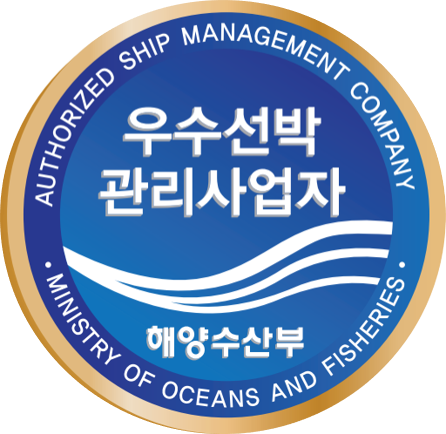Making Sure Your EGCS Scrubs Up Well
페이지 정보
작성자 최고관리자 댓글 0건 조회 1,594회 작성일 20-11-17 18:33본문
Making Sure Your EGCS Scrubs Up Well
30/10/2020Articles
Before the introduction of the 0.50% maximum sulphur cap at the start of 2020, the anticipation of cheap high-sulphur fuel oils made a scrubber, otherwise known as an exhaust gas cleaning system (EGCS), a very attractive proposition.
Events of the last year have been largely unprecedented in modern times, and one of the consequences is that the price differential between the high-sulphur residuals and compliant products, whether distillates (e.g. MGO) or VLSFOs has become rather slender.
Of course, there may be other financial or operational reasons why a shipowner is planning to fit a scrubber, so it’s important to get it right.
Glen Jones from Dockspec Marine shares his experiences in scrubber installations, with some top tips on selection criteria, planning, material specification and some of the operational problems seen by shipowners.
Dockspec Marine’s top tips on scrubber installation
Selection criteria and planning
- Decide on the type of scrubber for your vessel – wet systems include open-loop, closed loop, and hybrid or opt for a dry system
- Agree on an installation period that is suitable for the owner, charterers, equipment makers and shipyard
- Include the ship’s staff in the selection process -their knowledge of potential maintenance issues and access to equipment can prove valuable
- Assess the available space on board – can access platforms and auxiliary equipment be fitted with ease?
- Are there limitations on the vessel’s available power generation and water flow?
- Anticipate changes in back pressure for main and auxiliary engines
- Choose an experienced project manager to control the shipyard, integration process, logistics and suppliers
- To prevent delays or errors in installation, select a shipyard with a reputation of good control over their sub-contractors
- If you can’t find a shipyard with previous experience of fitting your type of scrubber, then review their integration strategy to ensure they can meet their contractual requirements
- Allowing the shipyard to provide a turn-key package will assist with the ever-changing work-scope and shifts the responsibility to the yard
- Too many parties involved in the installation process can cause confusion and lead to errors such as steelwork preventing a straight run of pipe or placing obstructions in way of sensors
- Arrange for equipment to be forwarded to the shipyard in advance
- Update the shipyard about any changes in plans or extra work so that resources can be arranged and reduce incurring unplanned costs
Materials, design and equipment selection
- Avoid lower specification materials – it may save money at installation, but it could impact operating budgets later and lead to premature failure
- Glass reinforced epoxy (GRE) piping systems have been shown to give longer service and less chance of failure than coated, high schedule black steel pipes
- Proper overboard hull coating is essential to avoid steel wastage and the need for insert replacement in service
- Overboard discharges and diffusers need to be of suitable material specification to prevent wastage
- Choose quality sensors – reliability is important to prevent early failure
- Ensure easy accessibility to the sensors for maintenance
- Select acid-resistant gasket material – make sure it does not react with the type of stainless-steel being used
- Heated caustic soda tanks might be needed to avoid crystals forming in cooler climates and radar type level transmitters are thought to be less problematic than bubbler type systems
- Valve material specification is essential to prevent early failure of valve flaps, springs and bodies
- Carry out a stress analysis of the piping bracket system to reduce the risk of pipe failure in service
- Pipes need to be designed so that sharp bends and u-bends are avoided where possible to prevent blockage – rodding access points and shorter pipe runs between flanges helps with un-blocking if it is needed
Maintenance, repair and spares
- Crew training in the operation and maintenance of the scrubber is very important
- Planned maintenance should include a robust inspection program in accordance with Class and statutory requirements as well as the manufacturer’s recommendations
- Consider arranging the periodical attendance of a specialist to provide _refresh_er operational training, calibration of equipment and integrity audits to maintain regulatory compliance
- Remote system access is useful for troubleshooting and travel restrictions caused by COVID has highlighted the benefits of such systems
- Onboard
critical spares should be reviewed to include scrubber spares with items
such as:
- Scrubbing, cooling and other pump spares including bearings and mechanical seals
- Spare gaskets and other parts for heat exchangers
- Spare sensors – bear in mind that critical sensors to monitor regulatory compliance may have an expiry date




